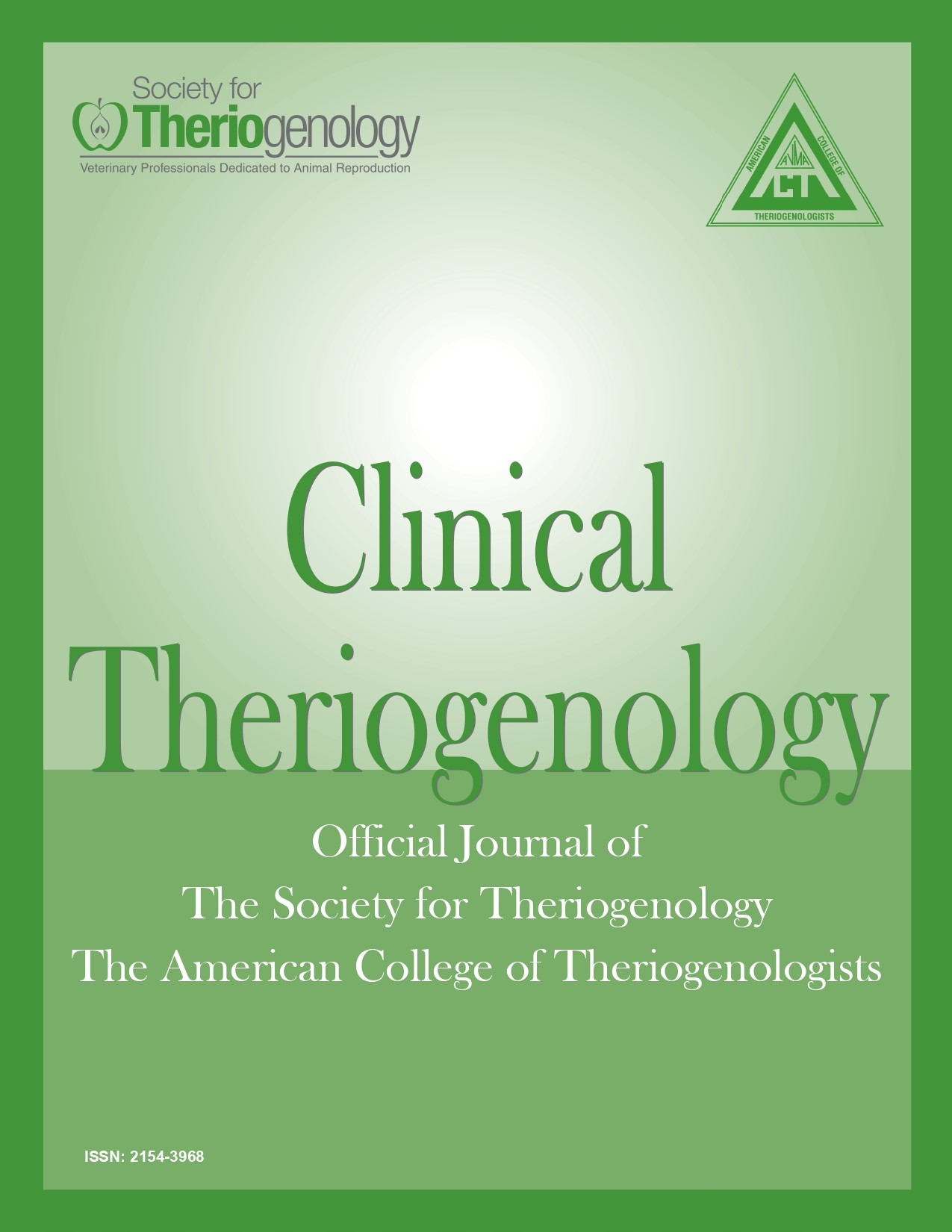Pregnancy loss in ruminants
Abstract
Pregnancy loss in ruminants is a major economic loss to producers and highlights the importance of control measures to prevent its
cause. Although pregnancy loss may occur at any stage of pregnancy, early loss is usually unnoticed and samples are not submitted
for diagnosis. Pregnancy loss is detected by observations for return to estrus, transrectal palpation or ultrasonography, and blood tests
for specific antigens. Submissions to a laboratory often consist of 4- to 5-month-old, or older, aborted fetuses and/or maternal serum.
Consequently, reports of pregnancy loss in ruminants are biased towards second and third trimester causes of pregnancy loss, because
the chance of collecting a fetus or fetal membranes and submitting them to a laboratory improves as pregnancy advances. Causes of
pregnancy loss in ruminants are noninfectious and infectious. Among the former are genetic defects, toxins, nutritional deficiencies,
iatrogenic, drugs, and environmental causes. Infectious causes include bacteria, fungi, viruses, and protozoa. A major concern of many
infectious causes of pregnancy loss in ruminants is their zoonotic potential. A specific cause is identified in only 30 - 70% of late-term
abortion samples submitted to a diagnostic laboratory. Adequate specimen collection and proper handling are essential prerequisites for
accurate test results. Ideally, multiple concurrent tests are necessary for accurate diagnosis. Main causes of pregnancy loss in ruminants
are discussed.
Downloads

This work is licensed under a Creative Commons Attribution-NonCommercial 4.0 International License.
Authors retain copyright of their work, with first publication rights granted to Clinical Theriogenology. Read more about copyright and licensing here.





